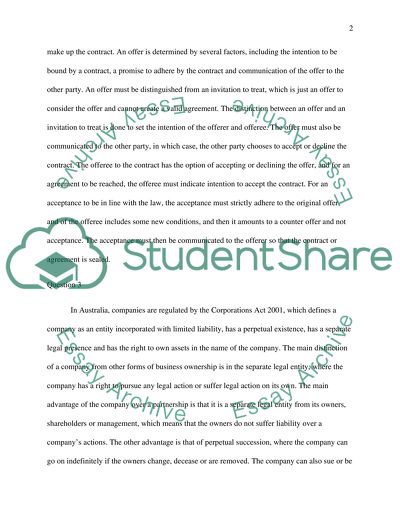Cite this document
(Australian Commercial Law Assignment Example | Topics and Well Written Essays - 1500 words - 1, n.d.)
Australian Commercial Law Assignment Example | Topics and Well Written Essays - 1500 words - 1. Retrieved from https://studentshare.org/law/1599175-business-law
Australian Commercial Law Assignment Example | Topics and Well Written Essays - 1500 words - 1. Retrieved from https://studentshare.org/law/1599175-business-law
(Australian Commercial Law Assignment Example | Topics and Well Written Essays - 1500 Words - 1)
Australian Commercial Law Assignment Example | Topics and Well Written Essays - 1500 Words - 1. https://studentshare.org/law/1599175-business-law.
Australian Commercial Law Assignment Example | Topics and Well Written Essays - 1500 Words - 1. https://studentshare.org/law/1599175-business-law.
“Australian Commercial Law Assignment Example | Topics and Well Written Essays - 1500 Words - 1”, n.d. https://studentshare.org/law/1599175-business-law.


